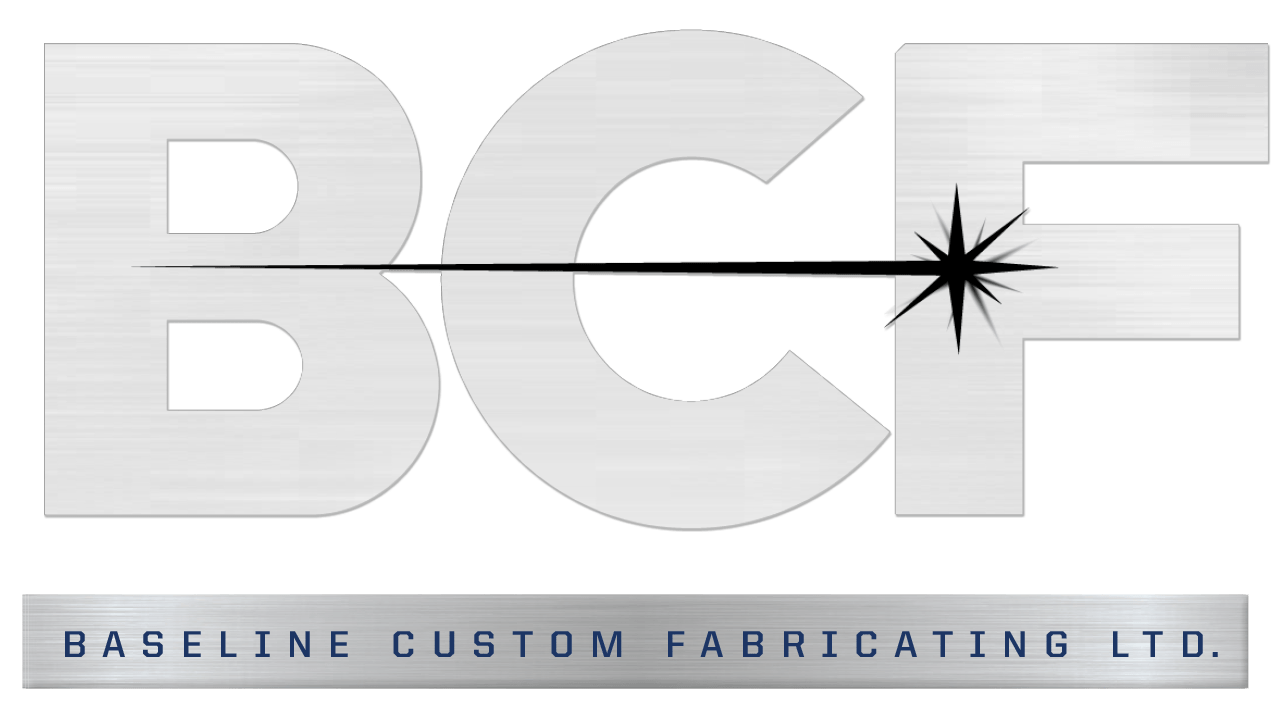Standardized Raw Materials and Metal Fabrication
In metal fabrication, the availability of standard raw materials is a major concerns because a lack of it can reduce cycle time and workflow. In the fabrication of metal parts, components or machinery, the most common type of raw materials that may be used include plate metal, castings, fittings, formed and expanded metal, flat metal, sectional metal, welding wires and hardware.
The use of standardized raw materials during metal fabrication results in lower cost per piece fabricated because it reduces the amount of time necessary in fabricating a product.
Casting Raw Material
Casting is actually a manufacturing process where solid material is melted and heated to a proper temperature to modify its chemical composition. Melted material is then poured into a cavity or mould so that it will solidify to a certain shape. The resulting part from the casting process can be in any configuration and size from a fraction of an inch like the individual teeth of a zipper, to huge propellers of ocean vessels that weigh a few tons. Casting provides huge advantages when producing complex shapes with hollow sections and internal cavities from metals that would otherwise be difficult to machine.
Sectional Metals as Raw Materials
Sectional metals are usually made from steel and available in various standardized shapes. Sectional metals are frequently used in metal fabrication for construction and engineering industries. There are different types of sectional metals, but the most popular are:
- I Beam: An I Bean is also known as wide flange beam and is usually made from structural steel but it can also be formed from aluminum and other metals. I Beams come in a variety of sizes and are widely used in the construction industry.
- Z-shape: This metal takes its name from its Z shape resemblance. It has half a flange which protrudes in opposing directions.
- HSS or hollow structural section: Includes a hollow piping. It is available in square, rectangular, elliptical, and circular shapes.
- Bar: Is usually in the form of flat as well as long piece of rectangular cross-sectioned metal.
- Rod. A long metal that is either circular or square.
Flat Metal Raw Material
Flat metal are very thin pieces of metal that have undergone the processes of rolling and pressing. The thickness of flat metal can vary from several centimeters to just less than a millimeter. Flat metal is one of the most fundamental forms of metal that is used by metal fabrication. Flat metal is more commonly referred to as sheet metal, and is measured through a traditional, non-linear measure known as gauge. Different types of metal can be transformed into sheet metal so that it can be effectively used to fabricate car bodies, aircraft wings, medical devices, roofs and other applications.







